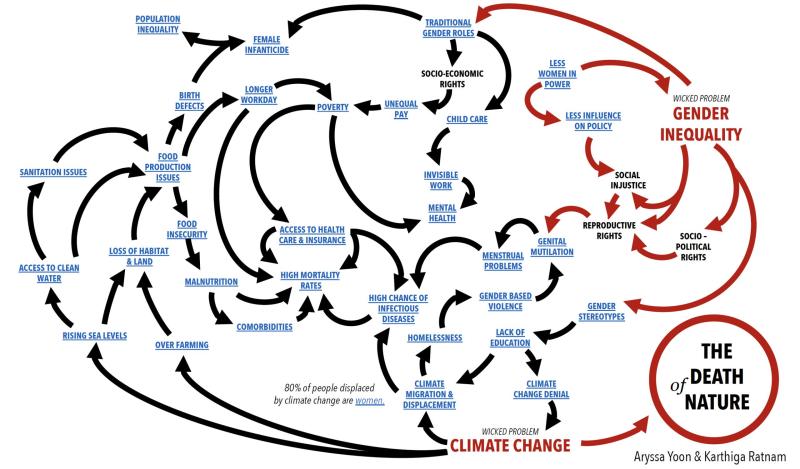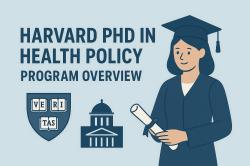What is the biggest problem in higher education?
Identifying the single "biggest" problem in higher education can be subjective, as different regions and institutions face unique challenges. However, several common issues are widely recognized across higher education globally. Some of these major challenges include:
Cost and Affordability:
- The rising cost of higher education, including tuition, fees, and associated expenses, poses a significant barrier for many students. Affordability and student loan debt have become pressing concerns.
Access and Equity:
- Disparities in access to higher education persist, with underrepresented groups facing challenges in enrollment, retention, and graduation rates. Addressing issues related to equity and inclusion is a priority.
Student Debt Crisis:
- The accumulation of student loan debt has reached unprecedented levels in many countries. Managing student debt and finding sustainable solutions to reduce the financial burden on students is a critical issue.
Technology Integration:
- While technology offers opportunities for innovative teaching and learning, many institutions face challenges in effectively integrating and utilizing technology to enhance education.
Quality of Education:
- Ensuring a high quality of education and maintaining academic standards are ongoing concerns. Institutions must adapt to changes in pedagogy, curriculum design, and assessment methods.
Globalization and Competition:
- Higher education institutions face increasing competition on a global scale. Attracting and retaining talented faculty, students, and researchers is essential to maintaining institutional excellence.
Changing Demographics:
- Demographic shifts, including an aging population and changing student demographics, present challenges for institutions in meeting the diverse needs of students.
Governance and Accountability:
- Effective governance and accountability structures are crucial for the success of higher education institutions. Balancing autonomy with accountability is an ongoing challenge.
Workforce Readiness:
- Aligning higher education programs with the needs of the job market and ensuring that graduates are equipped with relevant skills for the workforce is a priority.
Research Funding and Innovation:
- Securing funding for research initiatives and promoting innovation are essential for the advancement of knowledge and the reputation of academic institutions.
Mental Health and Well-being:
- The mental health and well-being of students are increasingly recognized as important factors influencing academic success. Addressing mental health challenges on campuses is a growing concern.
Infrastructure and Facilities:
- Maintaining and upgrading physical infrastructure and facilities to meet modern educational needs can be a financial challenge for many institutions.
Adaptation to Changing Trends:
- Higher education must adapt to changing societal, technological, and economic trends. Flexibility and responsiveness to evolving needs are critical.
It's important to note that these challenges are interconnected, and solutions may require collaborative efforts from policymakers, institutions, educators, and other stakeholders. The specific nature and severity of these challenges can vary depending on the context and location of higher education institutions. As education landscapes evolve, ongoing discussions and efforts are essential to address these issues effectively.
Sure, here is a summary of the main challenges faced in higher education today, the impact of funding on these challenges, and the role of technology:
Main Challenges Faced in Higher Education Today
Higher education institutions around the world are facing a number of challenges, including:
Rising costs: The cost of attending college has been rising steadily for decades, making it increasingly difficult for students to afford a higher education. This is due to a number of factors, including increased tuition and fees, rising administrative costs, and the decline of state and federal funding.
Student debt: As the cost of college has increased, so has student debt. In the United States, student loan debt has surpassed $1.75 trillion, and it is the second-largest type of consumer debt after mortgages. This debt can have a significant impact on students' lives, making it difficult for them to buy a house, start a family, or save for retirement.
Access and equity: Not all students have equal access to higher education. Students from low-income families, minority groups, and rural areas are less likely to attend college than their peers from more affluent families. This is due to a number of factors, including lack of access to quality schools and counselors, financial constraints, and cultural barriers.
Quality and outcomes: There is growing concern about the quality of higher education. Some critics argue that colleges are not preparing students for the workforce, and that many graduates are not graduating with the skills and knowledge they need to succeed in the 21st-century economy.
Accountability and transparency: There is a call for greater accountability and transparency in higher education. Students, parents, and taxpayers want to know how colleges are spending their money, what outcomes they are achieving, and whether their graduates are prepared for the workforce.
Impact of Funding on Higher Education Challenges
Funding is a major factor in many of the challenges faced by higher education. The decline of state and federal funding has put pressure on colleges to raise tuition and fees, which has made higher education less affordable for many students. The lack of funding has also made it difficult for colleges to invest in new programs, hire new faculty, and provide adequate support services for students.
Role of Technology in Higher Education's Problems
Technology can be a powerful tool for addressing some of the challenges faced by higher education. For example, online courses can make higher education more accessible to students who cannot afford to attend a traditional brick-and-mortar college. Technology can also be used to personalize learning experiences, provide students with immediate feedback, and track student progress.
However, technology can also create new challenges for higher education. For example, the rise of online education has led to concerns about the quality of instruction and the lack of interaction between students and faculty. Additionally, the rapid pace of technological change can make it difficult for colleges to keep up with the latest advancements and to train their faculty on how to use new technologies effectively.
In conclusion, higher education institutions are facing a number of challenges, including rising costs, student debt, access and equity, quality and outcomes, and accountability and transparency. Funding and technology are two factors that play a significant role in these challenges. Colleges and universities will need to find ways to address these challenges in order to ensure that higher education is accessible, affordable, and of high quality for all students.













